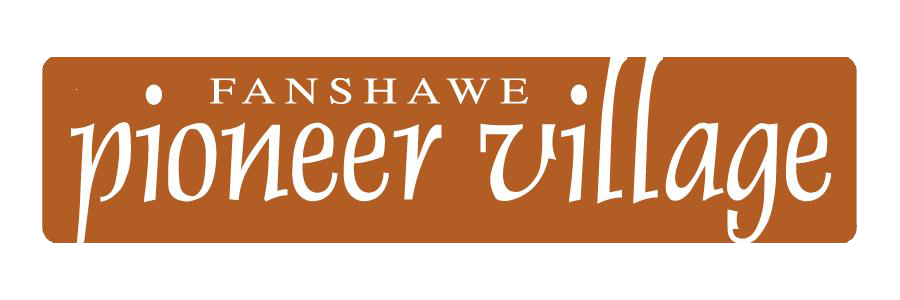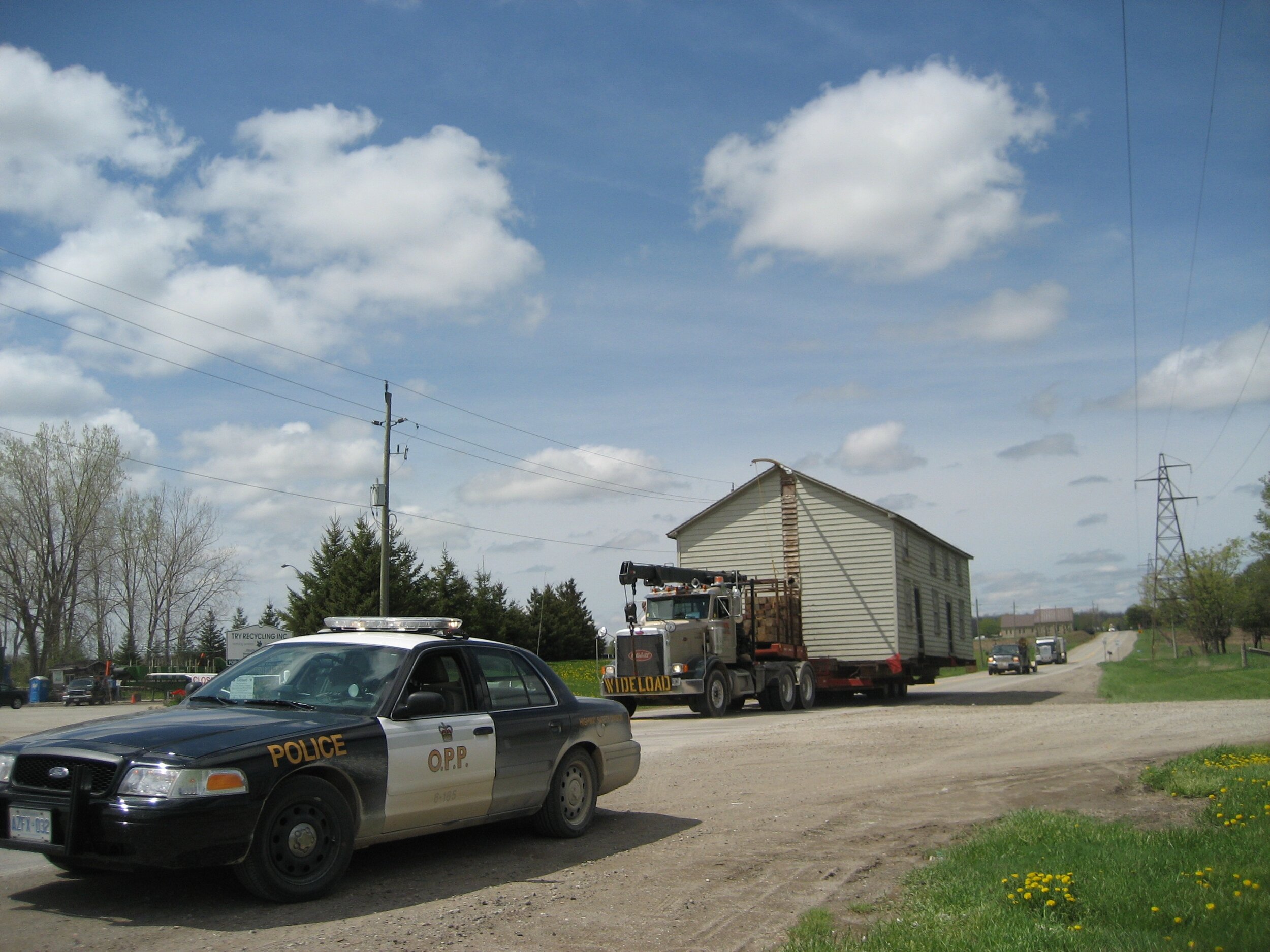Corbett Tavern
Original Building
West Nissouri Township
Middlesex County
Circa 1880
Taverns, like this 1840s example, provided accommodation, food and stabling for horses to the travelling public. They became important community meeting places as well as the local place to go for a pint.
John Corbett emigrated as a child in 1818 from Borrisokane, County Tipperary, Ireland to the Richmond Military Settlement in the Ottawa Valley. His family was part of a group of settlers led by Richard Talbot who traveled on the converted naval vessel, “The Brunskwick.” While living in the Ottawa Valley, John worked in the bush as a “liner” and was known for his ability to get the most lumber out of a log.
While still living in Carleton County, John married Jane Lewis who had been born in Borrisoleigh, Ireland. In 1843, John and his wife travelled to McGillivray Township in what was then Huron County. The trip took three weeks; travelling by boat to Hamilton, by wagon to London, and by foot to a 200 acre farm, on the Aux Sauble River, which John had purchased from the Canada Company.
John and Jane settled on Lot 19, Concession 10 of McGillivray Township, built a home, farmed, and raised ten children. Their two-storey home was constructed of rock elm logs. In 1874, John purchased a sawmill where the clapboard may have been sawn to cover the log exterior of the house. In 1885, the building was expanded to accommodate an indoor kitchen.
Generations of the Corbett family lived in this home until the 1940s when it became the family cottage. The Corbetts were famous for their hospitality and the dinner table was often overflowing with relatives and guests.
When preparing the original layout of Fanshawe Pioneer Village in the 1960s, founding Curator Wilfrid Jury identified the need for a tavern. Taverns in early 19th century Middlesex County were usually located at Village crossroads and functioned as meeting places for the community, offered a venue for municipal council and Masonic meetings, and provided food, lodgings, and hospitality to weary travelers. Early settlers located along key transportation routes operated taverns of of their homes. The Village has collected a blacksmith shop, Orange Hall, and church to represent Fanshawe Corners, but a tavern was still missing.
The Corbett house was moved to the Village in 2008 through the generosity of Charles Patrick Corbett, the great grandson of John Corbett, and his wife Elizabeth. It is interpreted as the Corbett Tavern, thereby completing Jury’s original vision of Fanshawe Corners.
The Irish Benevolent Society
The Irish Benevolent Society was established on March 12, 1877 by Lt. Col. James Shanly and Hugh Mcmahon who were leading citizens in the Irish Protestant and Roman Catholic communities in London, Ontario. This group has worked in harmony to preserve their Irish heritage through benevolent activities since their founding. In the early years, food, clothing, coal, medical care, and other necessities were provided quietly and anonymously to both immigrants, and settled residents in need. Today, the Society’s outreach is predominately directed toward the support and encouragement of students at all levels, and the preservation and enhancement of Irish culture. Celebrating March 17th continues to the be highlight of the Society’s annual activities. The Corbett Tavern is the official meeting place of the Irish Benevolent Society of London and Area.
Building restoration supported by Charles Patrick and Elizabeth Corbett and Family.








